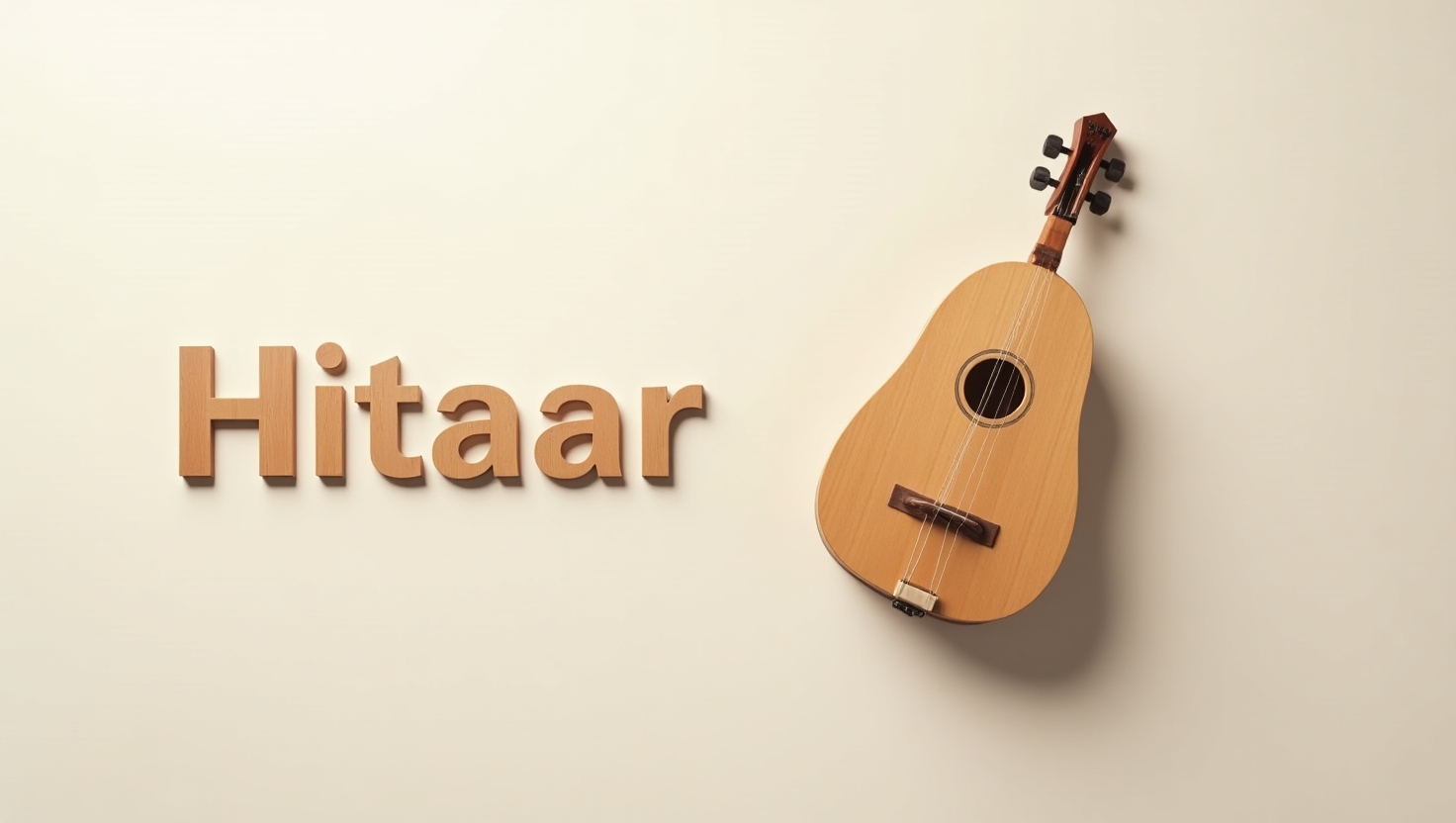Hitaar is more than just a craft; it’s a rich tapestry woven from culture, tradition, and skill. This age-old art form has captivated generations with its intricate designs and meticulous techniques. As the world evolves at lightning speed, so too does the landscape of Hitaar. Technology is now stepping into the spotlight, offering new tools and methods that enhance this timeless craft while preserving its essence. But what does this fusion of tradition and innovation mean for artisans? How are they adapting to these changes without losing their unique identity? Join us as we explore how technology is reshaping Hitaar for both creators and enthusiasts alike.
The Evolution of Hitaar Through Technology
Hitaar, a traditional craft steeped in history, has seen remarkable changes thanks to technology. Once reliant on manual tools and techniques, artisans now embrace modern innovations that enhance precision and efficiency.
Digital design software allows creators to visualize their masterpieces before the first cut is made. This not only saves time but also ensures intricate details are maintained throughout the process.
3D printing has emerged as a game-changer for Hitaar craftsmen. With this technology, complex patterns can be replicated effortlessly. The ability to experiment with new forms expands artistic possibilities beyond what was previously achievable by hand.
Moreover, social media platforms have become essential for showcasing talent and connecting with audiences worldwide. Artisans share their work through stunning visuals while gaining valuable feedback from peers and enthusiasts alike.
As these advancements continue to emerge, they redefine how Hitaar is created and appreciated across generations.
Advantages and Disadvantages of Technological Advancements in Hitaar
Technological advancements in Hitaar bring a fresh perspective to this age-old craft. On one hand, tools like CNC machines and 3D printing allow artisans to create precise designs efficiently. This precision enhances the quality of products while reducing production time.
On the other hand, the reliance on technology can sometimes overshadow traditional techniques. Many craftsmen fear that automation may dilute their unique skills passed down through generations. The soul of Hitaar lies in its handmade essence, which is challenging to replicate with machines.
Moreover, new technologies often require significant investment. Smaller artisans might struggle to keep up with these costs, leading to disparities within the community.
While technology fosters innovation and accessibility for larger markets, it also raises questions about authenticity and craftsmanship integrity. Balancing modern methods with traditional practices remains crucial as Hitaar evolves alongside technological influences.
How Technology is Preserving the Art of Hitaar
Technology plays a pivotal role in preserving the art of Hitaar, bridging generations and styles. Digital platforms allow artisans to showcase their work globally, reaching audiences who may never have experienced this craft otherwise.
Online tutorials and workshops enable budding artists to learn from masters without geographical limitations. This democratization of knowledge ensures that traditional techniques are not lost over time.
Additionally, recording technologies capture the intricate sounds and rhythms unique to Hitaar. These archives serve as valuable resources for future generations, enabling them to study and refine their skills based on authentic recordings.
Social media has also created vibrant communities where enthusiasts share insights and inspiration. This interconnectedness fosters collaboration among artists, encouraging innovation while respecting tradition.
By harnessing technology effectively, the timeless essence of Hitaar continues to thrive in an ever-evolving cultural landscape.
Examples of Innovative Technologies Used in Hitaar
Innovative technologies are breathing new life into the craft of Hitaar. One notable advancement is the use of 3D printing. Artisans can now create intricate patterns and designs that were once labor-intensive, making the process faster and more accessible.
Laser cutting technology also plays a pivotal role. This precise method allows for detailed cuts in various materials used in Hitaar, enhancing both aesthetics and functionality without compromising traditional methods.
Digital design software has transformed how artisans conceptualize their creations. With these tools, they can visualize patterns before production starts, ensuring each piece aligns with artistic vision while maintaining craftsmanship integrity.
Moreover, online marketplaces have opened new avenues for distribution. Artisans can reach wider audiences than ever before, fostering growth within this timeless craft while embracing modern business techniques to thrive in today’s market landscape.
The Impact of Technology on the Future of Hitaar
The future of Hitaar is poised for an exciting transformation. As technology continues to evolve, its influence on this ancient craft becomes increasingly profound.
Advanced tools and techniques allow artisans to experiment with new designs and materials. This innovation stimulates creativity while preserving traditional skills.
Digital platforms are making Hitaar more accessible than ever before. Artists can showcase their work globally, reaching audiences they couldn’t have imagined a decade ago.
Moreover, artificial intelligence is playing a role in crafting precision instruments that enhance sound quality. Musicians benefit from improved performance options that were once unattainable.
However, as technology advances, there’s a delicate balance between maintaining authenticity and embracing modernity. The challenge lies in ensuring that the essence of Hitaar remains intact amidst these changes.
With each technological leap, the world watches closely how this beloved craft adapts and flourishes in the digital age.
Conclusion: Embracing the Fusion of Tradition and Technology in Hitaar
The journey of Hitaar reflects the delicate balance between tradition and innovation. As technology continues to weave its way into this timeless craft, artisans are discovering new ways to enhance their skills while preserving age-old techniques. The integration of modern tools fosters creativity and opens avenues for experimentation.
While some may argue that technology could dilute the essence of Hitaar, it is more accurate to view these advancements as a means of enrichment. The challenge lies in finding harmony—using technology not as a replacement but as an ally in the pursuit of artistic expression.
As we witness the evolution of Hitaar, it’s evident that embracing technological advancements can lead to greater appreciation and understanding of this craft among younger generations. By marrying traditional practices with innovative methods, craftsmen can ensure that Hitaar remains relevant and revered.
In this ongoing dialogue between past and future, there is much potential for growth within the world of Hitaar. It’s an exciting time where old meets new—a fusion that promises vibrant possibilities for those who dare to explore them further.

